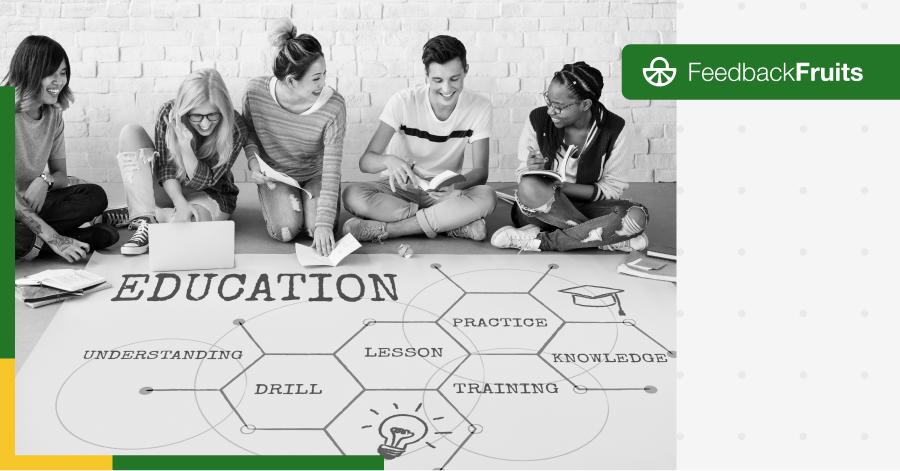Some of us go to higher education for a degree, while some of us go for lifelong learning – learning that can improve organisations, societies and the world we live in.
The importance of both cannot be understated. The degree confirms that a student met a certain benchmark of learning, while lifelong learning equips students with transferable skills crucial for solving most challenges we face as humans today. In fact, given given the shrinking shelf-life of the skills and dynamic demands of our economy, learners are eager to embrace the concept of lifelong learning.
One way educators incorporate both in learning design is through summative and formative assessment. The former leads up to the degree, while the other focuses on lifelong learning.
So what are these two?
Summative assessment includes graded activities that evaluate student learning (tests, quizzes, reports) and formative assessment monitors their learning through non-graded activities like class discussions, peer learning and feedback, based on which teachers adjust their teaching methodologies. Another way to understand the two: summative is evaluation after course completion, but formative is during it.
Since both have a different role to play, it is essential to strike a balance between formative and summative assessment in course design.
One would imagine that both these assessments are between the student and the teacher, but the student-student learning plays a key role in both forms.
Learning activities like peer assessment and feedback post group work enhances learning, but also cultivates skills like critical-thinking and problem-solving that shape our way of thinking. These skills stay with us for life.
Such a collaborative environment is not supported by a conventional learning design. Including an element of student-student learning in both grading and growing ensures that the students and teachers together create knowledge that improve the world.
Our partners use our tools to make peer-to-peer learning a part of both formative and summative assessment.
We recommend using Peer Review for formative assessment as the tool supports structured feedback on work done by peers. In the process of giving, receiving and reflecting on feedback, the student is able to think critically about the work they have produced, and improve on it. Since the teachers see an overview of student, group or class-level performance, they can adjust their focus and teaching accordingly.
The Group Member Evaluation tool on the other hand focuses on peer review of competencies and contributions in group work. If the results of this kind of feedback makes up the final course grade (summative assessment), students realise the importance of not just producing great reports, but also focusing on collaborating and working with others.
Having said that, there is no one way to use these tools. It depends largely on the learning needs of the class. Since both the tools can be synced with final grades in the LMS, our teachers use them interchangeably depending on the course.

Explore how to best implement active learning strategies with deep understanding of different modalities

FeedbackFruits announces partnerships with many institutions worldwide over the past 4 months

An overview of the state of competency-based education (CBE) in higher education around the world